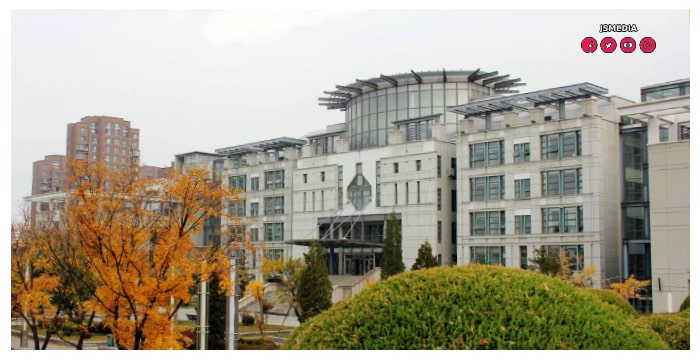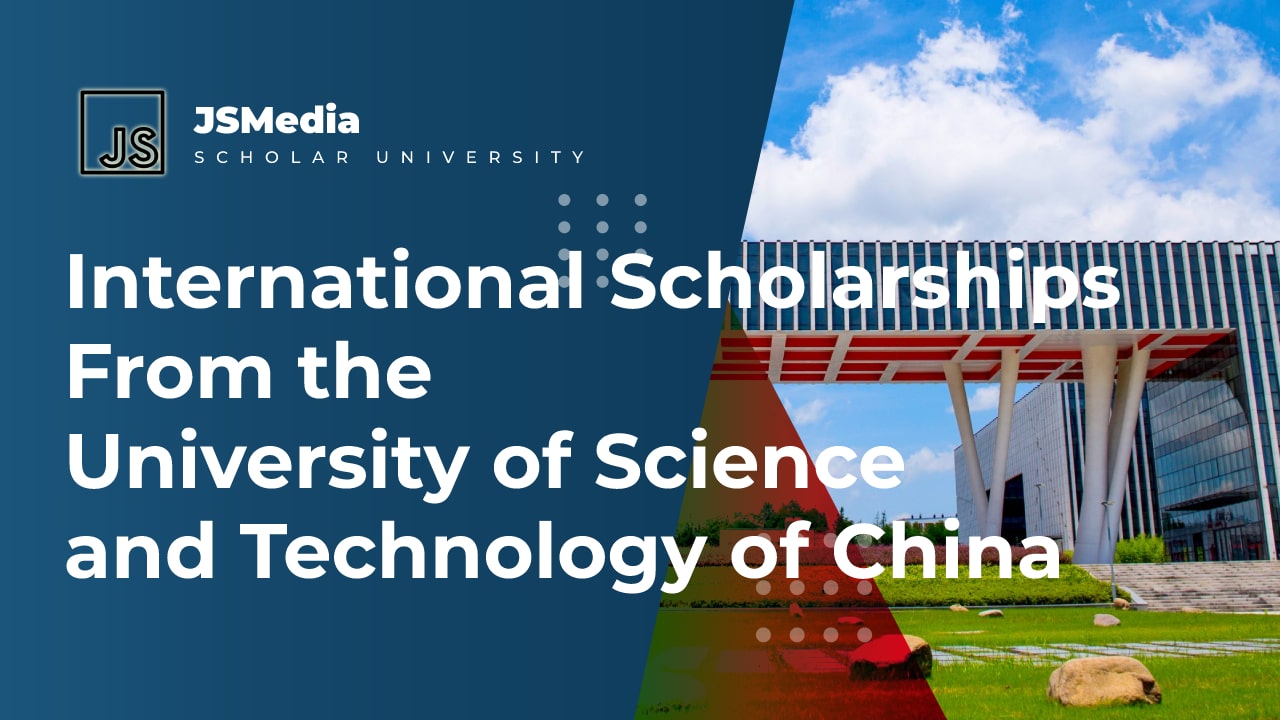JSMedia – The University of Science and Technology of China (USTC) is a state-run, non-profit higher education institution located in the metropolis of Hefei. Its programs emphasize scientific research, socialism, and the development of scientific and technological research. The school was established in August 1958 and has consistently upgraded its management system to ensure the best academic experience for its students. It has also fully expanded international cooperation across disciplines to further improve its educational and research performance.
Besides offering international scholarships, the USTC also has a wide-ranging focus in the education of cutting-edge science and technology talents. Its faculty members include some of the most prestigious scientists in China. It has also been ranked among the top 20 universities in the world in its second year. The USTC was the first Chinese university to establish a graduate school and initiate the first class for gifted young students.
USTC is a unique institution that merges education and research with an emphasis on quality over quantity. Its faculty members, some of the best in China, have created a number of programs covering frontier research and the development of new technology. The school has risen to the challenge of providing higher education in China. It has established the first graduate school and established the country’s first class for gifted young people. Furthermore, it has built the country’s first big science facility.
International Scholarships From the University of Science and Technology of China

To receive a scholarship from USTC, applicants must be non-Chinese citizens and in good health. In addition to a monthly stipend, USTC also provides a Pre-graduation Certificate that ensures the students will graduate before July 2020. In addition, this scholarship cannot be used by degree-seekers who have already obtained another Chinese scholarship. The university’s website states that the eligibility requirements are very strict and varies based on the degree program.
The USTC offers a scholarship to non-Chinese citizens with excellent academic records. The scholarship offers a monthly stipend of CNY3,000 and covers the cost of tuition and living expenses for a master’s or doctorate degree student. The application process is competitive and deadlines must be met in order to be eligible. In addition, a student must be under the age of 35 years old.
The University of Science and Technology of China has a history of developing world-class research facilities. Its laboratories include the National Synchrotron Radiation Laboratory, Anhui Mengcheng Geophysical National Field Science Research Station, and the Hefei Normal Laboratory. The school also has a rich tradition of rational integration and continuous innovation. It is committed to fostering high-level talents and conducting scientific research. Its students will benefit from these facilities and have access to a wide range of resources.
The USTC is one of the few universities that is home to a wide range of research facilities. The school’s focus is on developing advanced technologies for the future of the nation. It is a global center for academic research and development. Currently, it hosts over 2 million volumes of books and e-books, and more than 15,000 PhD candidates. Its mission is to improve the quality of life of its students and enhance the economy.
The University of Science and Technology of China is a world-renowned university in China and has a world-class reputation. It was established in 1958 by the Chinese Academy of Sciences and merged with other resources to become an independent university with global impact. Its goal is to educate world-class talents in cutting-edge science and interdisciplinary research. This campus is located in Hefei, a city in the northwest of China.
The University of Science and Technology of China (USTC) is considered a leading innovation center in China. The university operates two national labs, the Hefei National Laboratory for Physical Sciences and the National Synchrotron Radiation Laboratory. The university is also home to two national “big science” facilities in collaboration with CAS institutes. These include the Experimental Advanced Superconducting Tokamak and the Steady High Magnetic Field Laboratory.
